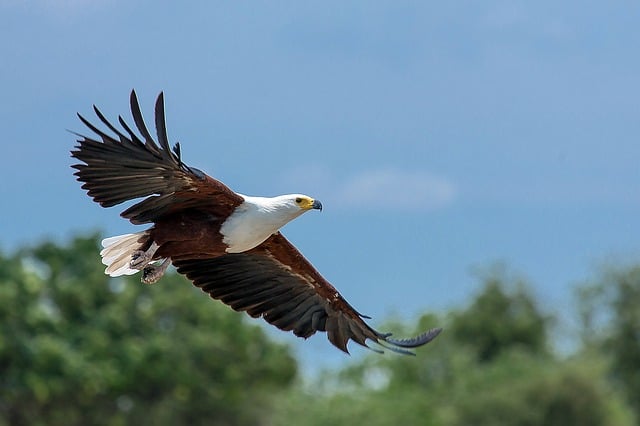
White-tailed eagle – Poland national animal
The white-tailed eagle (Haliaeetus albicilla) is the national animal of Poland. It is found in all parts of the country, but it prefers to nest in the mountainous regions of southern Poland. It can also be found in different parts of Poland, including the Tatra Mountains, where it is considered a national symbol of Poland.
The white-tailed eagle is a large bird that lives in Europe and Asia, but it is only found in Poland as a native species. It has been considered as a symbol of Poland since the 16th century, when it was first used on coins.
Scientific Classification
Species: H. albicilla
Order: Accipitriformes
Genus: Haliaeetus
Class: Aves
Physical Description
The white-tailed eagle is a large bird of prey in the family Accipitridae. It is a very large bird, with a wingspan of up to 2.3 m (7 ft 7 in) and a length of 60–70 cm (2 ft 0 in). The body weight of this species can range from 3.2 to 6 kg (7.1 to 13.2 lb), with an average weight of 4 kg (8.8 lb). Among standard measurements, the wing chord is 43–50 cm (17–20 in), the tail is 15–19 cm (6–7 in), and the tarsus is 8–9 cm (3 1⁄2–3 1⁄4 in).
White tailed Eagle Habitats
This bird’s habitat includes forests and mountains, where it can be found hunting rabbits and other small mammals. They are very territorial and will defend their territory from any intruders with loud screeching noises that can be heard over long distances. They also have strong talons with which they can easily catch prey or even humans who try to disturb their nests!
Facts about White tailed Eagle
- The white tailed eagle is the official national animal & symbol of Poland.
- The white-tailed eagle is found in coastal areas and islands throughout Europe, Asia, Africa, North America, and Australia.
- It is small and cute, but powerful enough to make noise that can be heard over distance.
- These birds are large, with a wingspan that can reach up to 6 feet. They’re also extremely fast, and they can fly as high as 10,000 feet in the air!
- These majestic birds live in Poland year-round, but they migrate to other countries during the winter months. They typically live in tall trees and hunt for fish in rivers or lakes.
- The female is larger than the male, weighing up to 6kg compared with the male’s 4kg
- Eagles nest in trees and cliffs, or on the ground under bushes or rocks if there aren’t any trees available
- The plumage is mostly dark brown, with lighter golden-buff underparts and a white tail, which has given rise to the name “white tailed eagle“
- The beak is long and powerful, and there is a distinctive crest on the head
- The white-tailed eagle is an apex predator that has no natural predators within its habitat range as an adult (although eggs and young are vulnerable to predation from foxes).
- The young eagles leave the nest at about 4 months old and stay with their parents for another 3 months after that!
- Their diet consists of fish, waterfowl, rabbits, and other small mammals.
- They are able to fly at speeds up to 100 mph, which makes them the fastest bird in Europe!
- White-tailed eagles have an average lifespan of 20 – 25 years in the wild, however those that have been raised in captivity may live up to 40 years old.
Why is White tailed eagle the national animal of Poland?
The reasons why White-tailed eagle species was chosen as the Poland’s national animal because it is one of the most famous animals in Poland. So why did they choose this majestic bird as their national symbol?
First, it is a bird that can be seen almost everywhere in Poland. It lives in forests and other areas around lakes and rivers.
Second, it was chosen by the government to be their symbol. They thought that this bird had the best qualities to represent their country.
Third, this bird stands for pride and courage. It has a royal look and it is fearless when defending its nest or young ones from predators like foxes or wolves.

